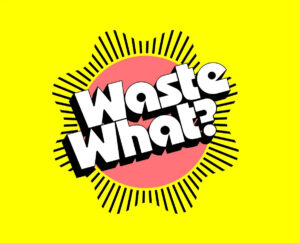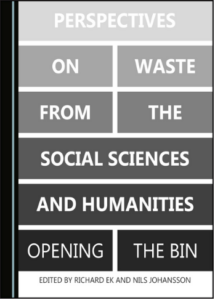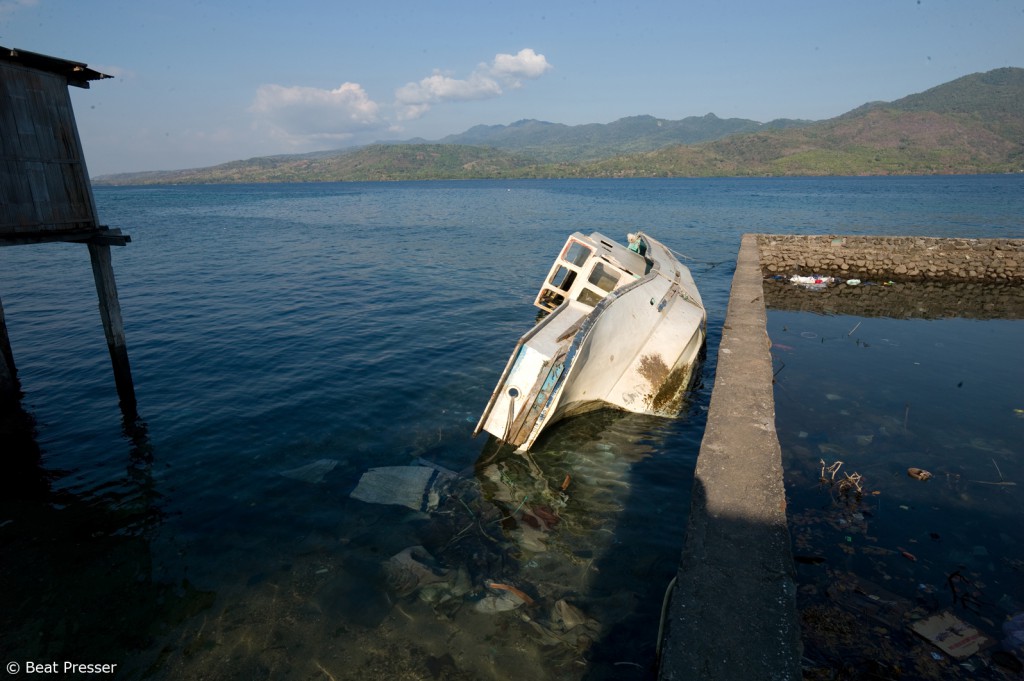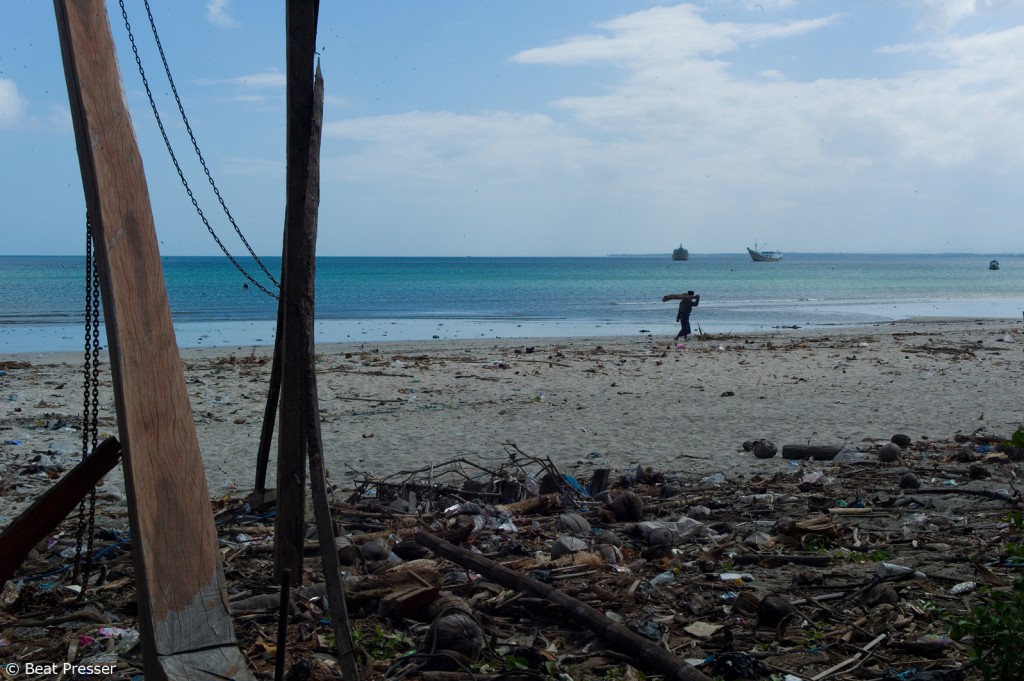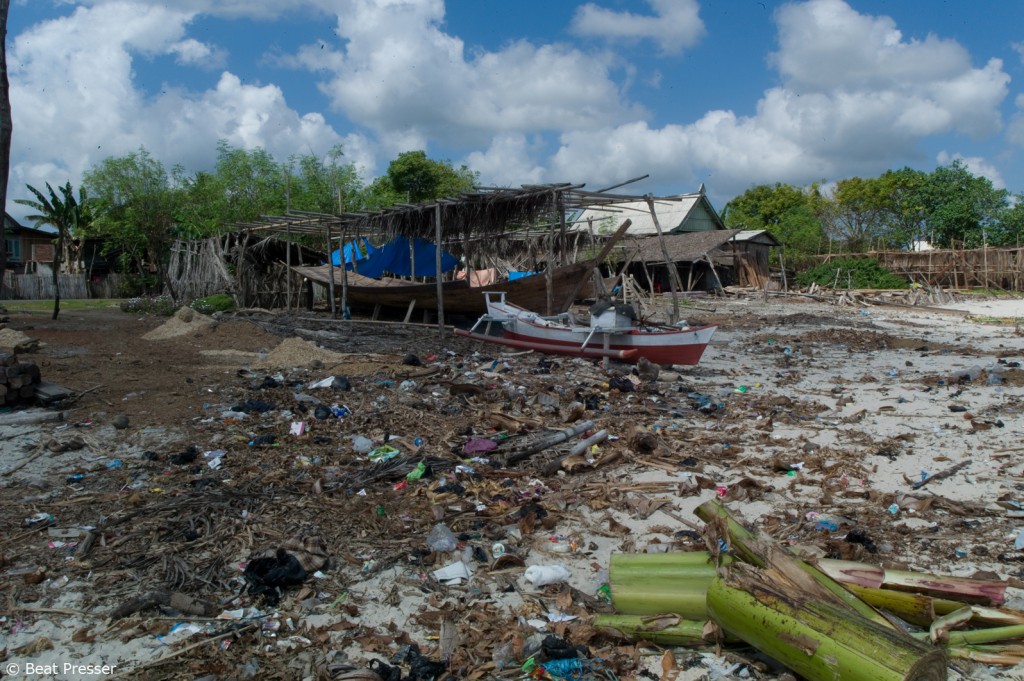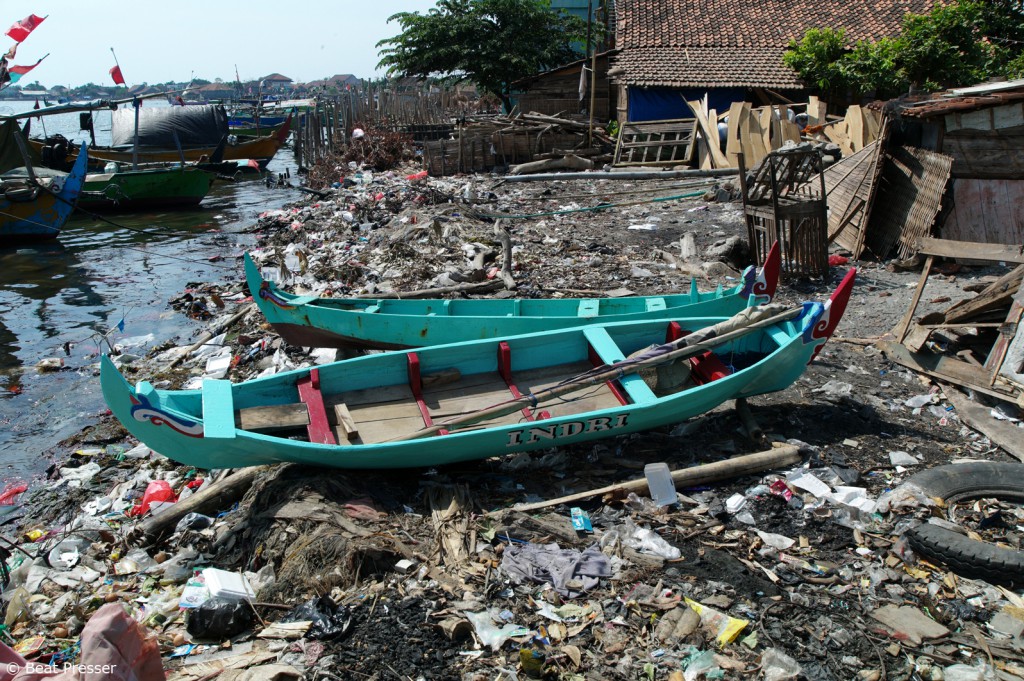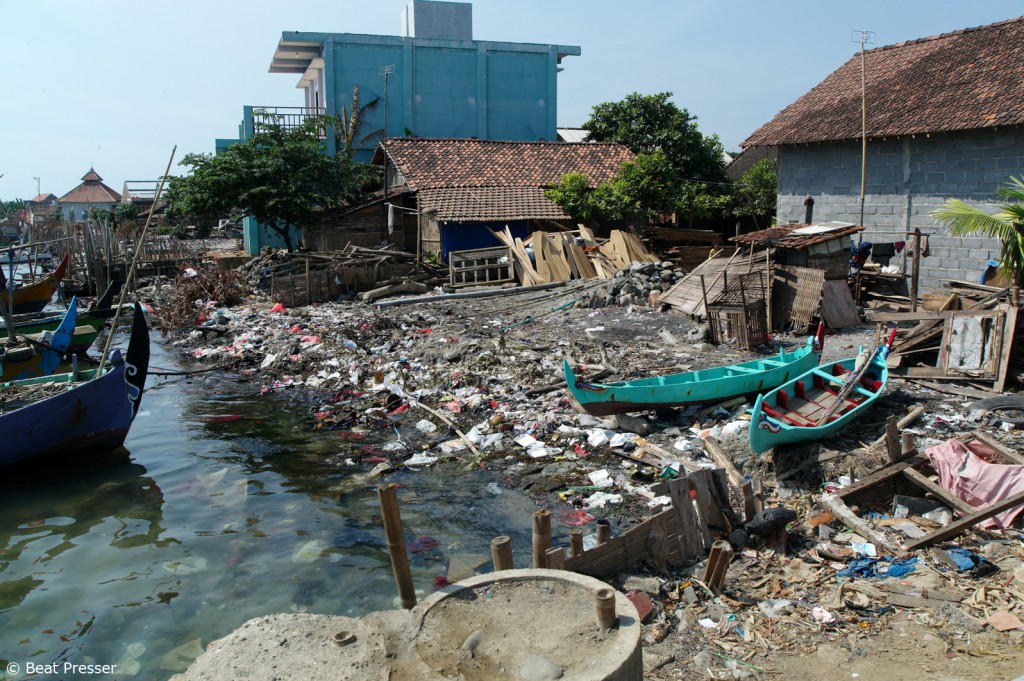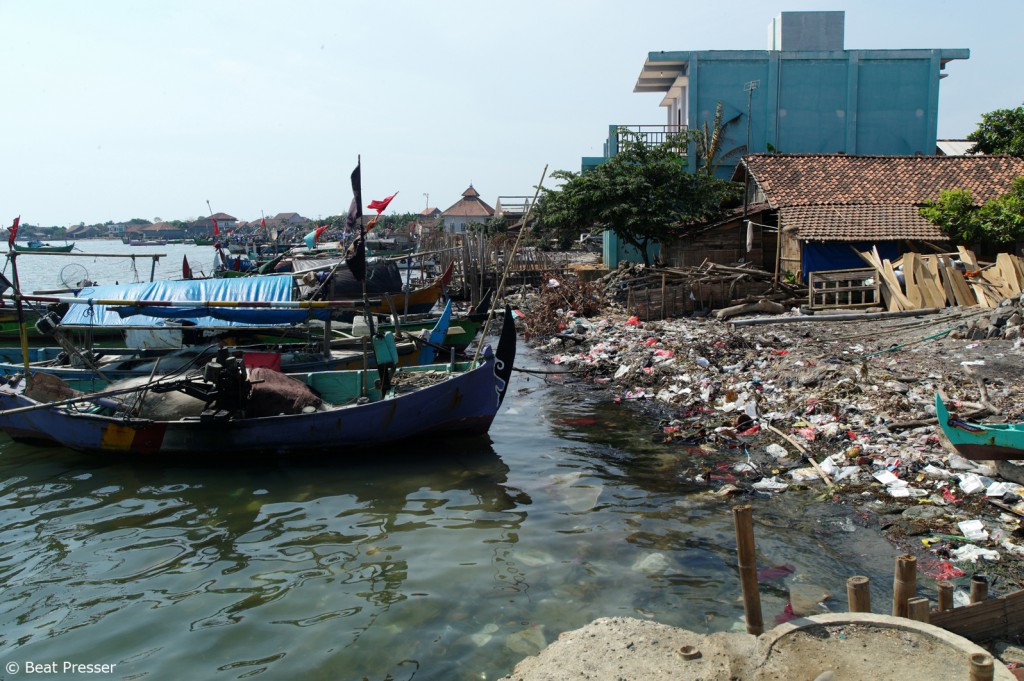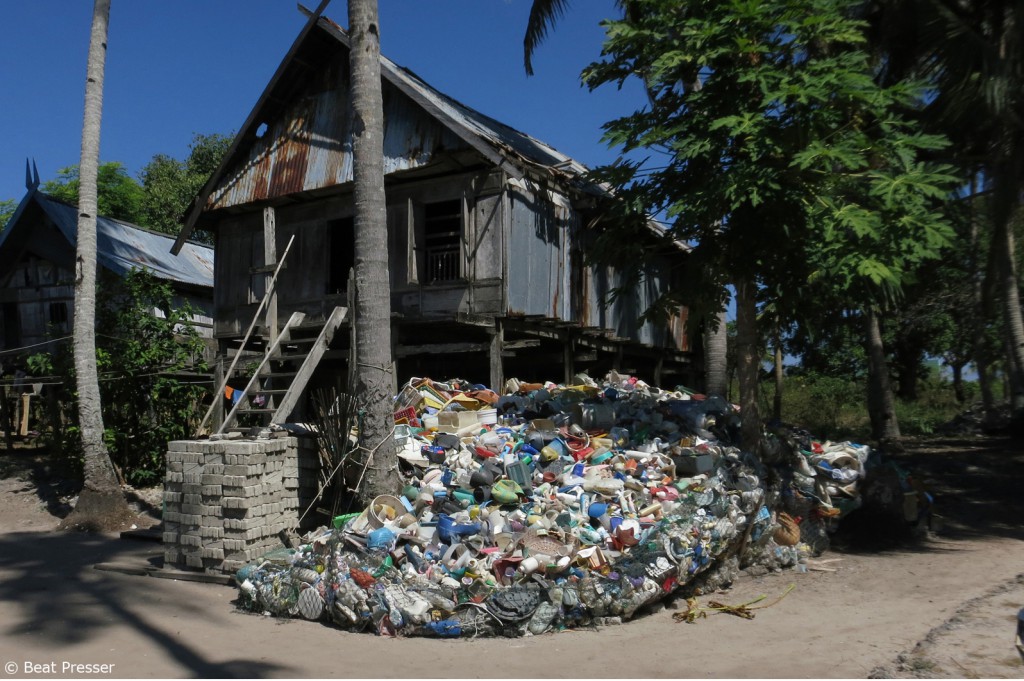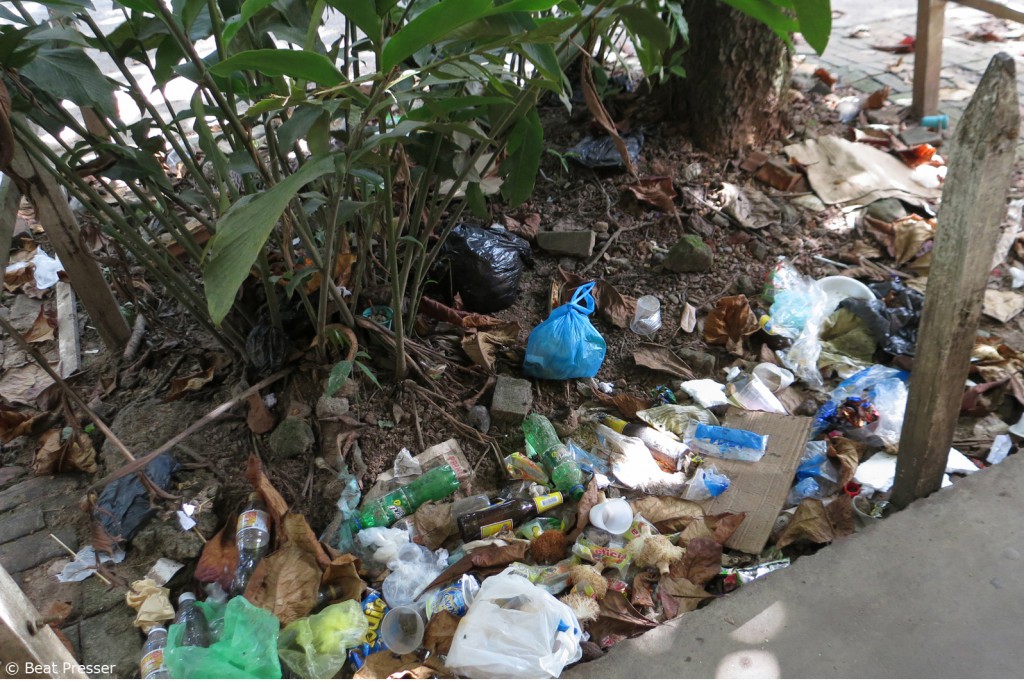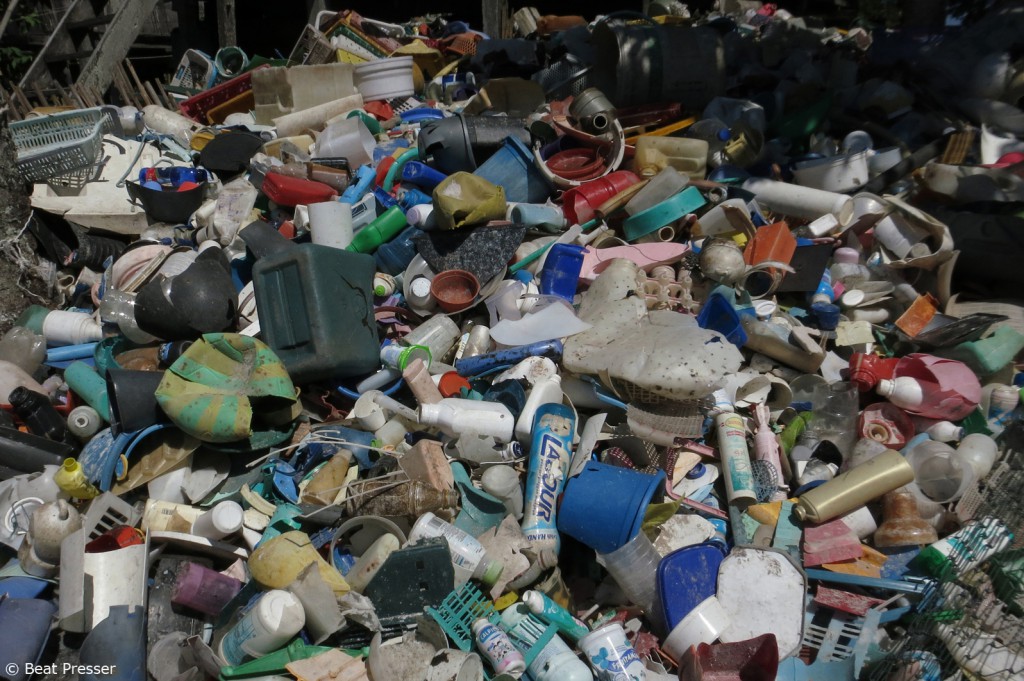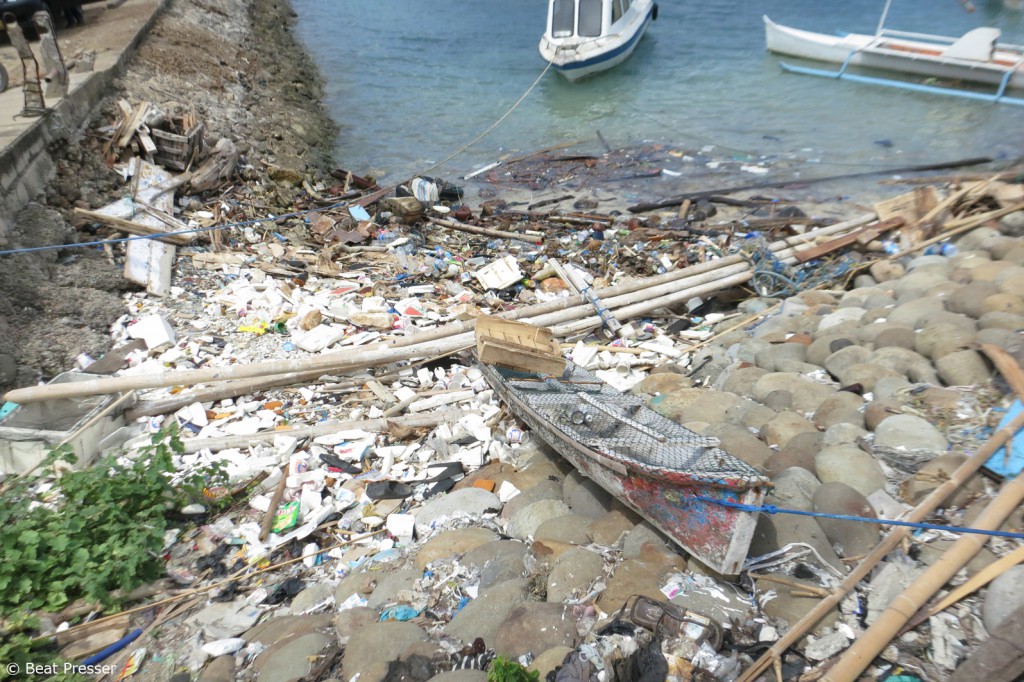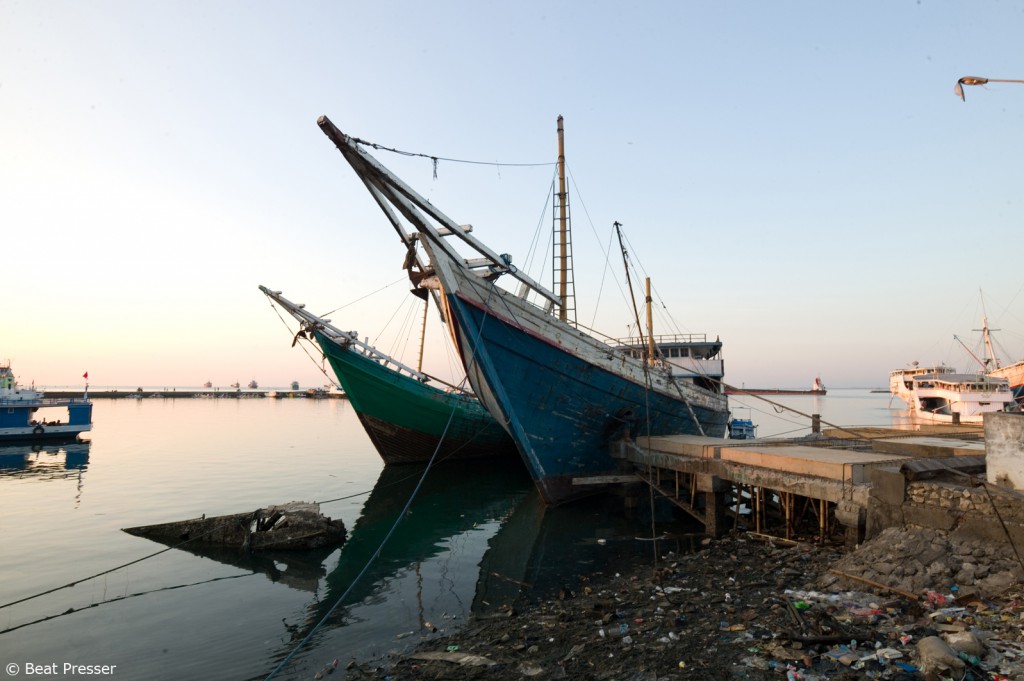
Oceans contain higher and higher concentrations of plastics and debris. With over 270 000 tons of plastics in the oceans[1] a message in the bottle will be hard to find. Marine pollution is growing. Till 2050 there will be more plastic in the oceans than fish, a study stated recently[2]. Plastic is floating, the debris is forming gigantic assemblages; nightmares of consumption. Here it is: the “away” of throwing something “away”[3] To counsel these assemblages and hear their “excruciating complexity and intractability”[4] and to see them as “an open-ended collective” is the aim of this ethnographical research.
The increasing plastic pollution of oceans and water systems relates people and things on a global, biochemical, ecological, political and social level. The project examines the oceans as a specific thingspace and raises questions about social and ecological justice and investigates the possibilities and utopias of purification. How do materialities and knowledge circulate through various scales –from nature-culture interfaces on a molecular level to global environmental policy?
Plastic is understood as epistemic object that challenges the entities “nature” and “culture”: The debris is alive. Microorganisms live on its smallest particles. Invasive species travel on it. Colonization through algae creates artificial biotopes, so called “Plastispheres”[5]. It is literally a maritime movement. It floats in endless circles on the oceans surfaces, following the drift currents and the ocean conveyor belt. It absorbs chemicals from and releases chemicals in the surrounding water. It explores the depths and sinks to the abyssal plains and ocean beds, only a small portion gets washed up on the beaches.[6] On its journey the debris is getting finer and finer. Plastic breaks down to smaller polymers and finer particles, until it is no longer visible to the human eye. Zooplankton mistakes the small particles for photoplankton and eats it. And it has lot to feed on: In the north Pacific Central gyre there are six times more microplastic particles per gallon water then zooplankton.[7] The plastic migrates up the food chain. Microplastic particles can be found in mussel and fish tissue. First studies show its reproductive impacts and other health effects. It is poisoning, toxic and dangerous and it recurs in human networks and bodies. [Weiterlesen…]
